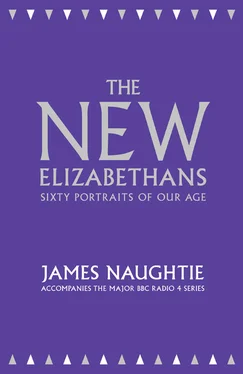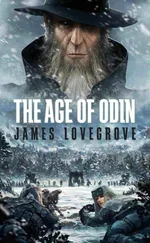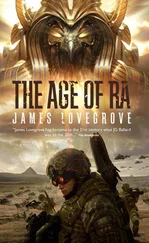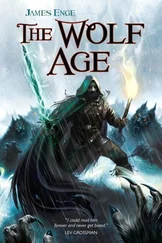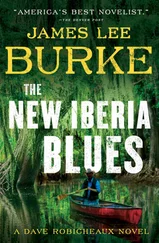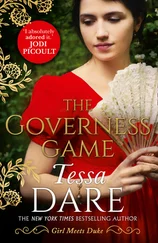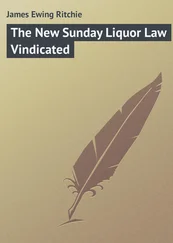Theirs were labours of Hercules. They were asked to find people on the list who collectively caught the spirit of the age, and to try to ensure that the sweep of the years was represented. Politics shouldn’t dominate, and nor should any other single area of life. They should catch the mainstream, but the awkward currents as well. It was important to reflect popular culture, and not simply award another gong on behalf of Radio 4 to a predictable list of the great and good. And although simple notoriety would not be enough to make you a New Elizabethan, it was important that the list did not consist simply of the sixty people thought to be the most admirable in our time. That meant that there were bound to be some surprising omissions, and inclusions. I attended one of the panel’s meetings – with no formal role – and was aware of the difficulty they faced in being fair and interesting at the same time, trying to represent some of the best and giving a flavour of everything else that we have lived through.
When I began to write these portraits I realized how cleverly they had drawn a line through the years. Like everyone else, I had my favourites who failed to make it round the last bend – that was true of each member of the panel, too – and found some of the names surprising. But together they soon took on the air of a gang of contemporary Canterbury pilgrims, each with a story to tell and throwing light on one another. For example, Enoch Powell, Jayaben Desai, Stuart Hall and Doreen Lawrence cast different shafts of light on the story of immigration and race in our time. And around them clustered the other people who might have been on the journey too, who could be brought in to play their part in the drama. Collectively they made it possible to find an interesting path across the landscape, stopping here and there for reflection, sometimes disappearing into a labyrinth of politics or public controversy, then having a laugh, then discovering the background to a scientific discovery that had been a mystery to me, or uncovering a character of whom I knew little.
The portraits in this collection are reproduced here almost exactly as they were broadcast on BBC Radio 4 through the summer of 2012. Writing for a listener is rather different from writing for someone who will read the words on a page, so there is some informal grammar and sentence structure here that is geared more to the style of a radio talk than a written essay. It seemed sensible, however, to retain their flavour as conversation pieces in this collection. That is how I conceived them, and how they were heard. In nearly every case the archive material added to the scripts for transmission has not been reproduced here, and these are the portraits as they were first drawn.
They are, of course, idiosyncratic. I have tried to be fair, although it is simply not possible to do justice to some remarkable characters in scripts that took only about twelve minutes to read on air, to be comprehensive in explaining their particular achievements. They are personal pictures, and not biographical entries for a journal of record. I hope these are more interesting for having a personal flavour. The series produced lively argument about who was in and who was out, about whether one Prime Minister deserved preference over another, whether just the one footballer deserved the sporting palm, about why there are particular novelists or comedians or musicians who don’t appear in these pages. Good. If our New Elizabethans had been a bore, they would have been a pointless bunch.
I record my deep gratitude to my BBC colleagues in the Acknowledgements, because this was a collective and energetic expedition that proved exhilarating at every turn. I found myself taken back to my youth – listening to Tony Hancock, missing a Beatles concert, learning of the ‘rivers of blood’ speech – and then to the politics that I covered as a young journalist – the first devolution arguments, the rise of Margaret Thatcher – and also discovering characters of whom I knew little, like Vladimir Raitz and his package holidays, or Talaiasi Labalaba, the SAS soldier of whom I hadn’t heard but whose statue is one of his regiment’s proudest memorials. I lived through the Northern Ireland Troubles again, and tried to explain what it was that made Billy Connolly a star.
When it was over, and I was writing about the Queen for the last portrait, I was reinforced in my view that continuity has been as important as change in an era which can be too conveniently defined by decline, crisis and alarm. It is easier to think of the unsolved problems and coming threats than to remember the scientists or artists who startled the world, or the community heroes who fought for human values against a hostile tide. The useful excuse of a Diamond Jubilee, placing our age in a frame, is a chance to try to give the picture its proper proportions, and to see the light and the dark at the same time. It is neither escapist nor nostalgic, just the natural recollection of a journey through the years.
The picture has many layers, and beguiling perspectives. It is both mirror and lamp, reflecting and illuminating, and these are the characters who have drawn it. They tell our story for us.
JN, September 2012
Edmund Hillary was the first hero of the second Elizabethan age. His adventure was organized to make it turn out that way, and to this end the Coronation in 1953 had a piece of news attached that would both announce a new frontier and confirm that the days of unimaginable exploits in far-off places had not gone.
The timing required luck as well as skill and brawn, but it was Hillary’s good fortune to carry with him for the rest of his life the impression that maybe it was because of his dignified bearing and natural modesty that everything had happened just as the expedition, and Fate, had jointly planned: so that there had never been any doubt that when he and Sherpa Tenzing set off for the last push from the South Col they would make it to the summit of Everest.
The truth at the time was different. The winds had been high and the weather bad. The two climbers who had been selected to make the first assault had been beaten back on the last, lonely ridge and at base camp no one could be sure that Hillary and Tenzing would do any better. They spent the last night less than 2,000 ft from the summit, but awoke in the dark just before dawn on 29 May to a calm that brought a surge of relief. The wind had dropped: they had a chance.
Then Hillary saw that his boots had frozen solid in the night and were like lumps of black iron. The first two hours of that day were spent thawing the boots over a flickering stove so that he could get them on. They couldn’t be sure that their oxygen would last; that the weather wouldn’t close in; that they’d have the energy for the last slow slog to the top.
Picture them at the stove: the tall New Zealander and the short, wiry Sherpa, who had been high up the mountain seven times, but never so close to the summit. They had no navigation system, none of the clothing and equipment that would make the next generation of climbers look like quite different animals, not even a radio. Hillary had a little camera tucked under his clothes to stop it freezing up. Their small tent, and the gear they laid out for the last day’s work, would have seemed familiar to the adventurers of a generation earlier, and antique to those who had taken the same route when they had become old men.
The two men preparing for the final trudge to the top were fit and strong, and had the streak of imagination that drives the best climbers to the highest places, where others can’t go. But the expedition – with 362 porters and 20 Sherpa guides – had something of an air of majestic amateurism, connecting it to the memory of wildly optimistic outings when men in hairy socks and polished leather boots forged through the snow or set sail for unknown places. There was nothing ramshackle about the Everest expedition of 1953, planned to the last detail, but the spirit did hark back: to a time when there was no oxygen, patchy maps, and an ever-present feeling of the unknown.
Читать дальше
